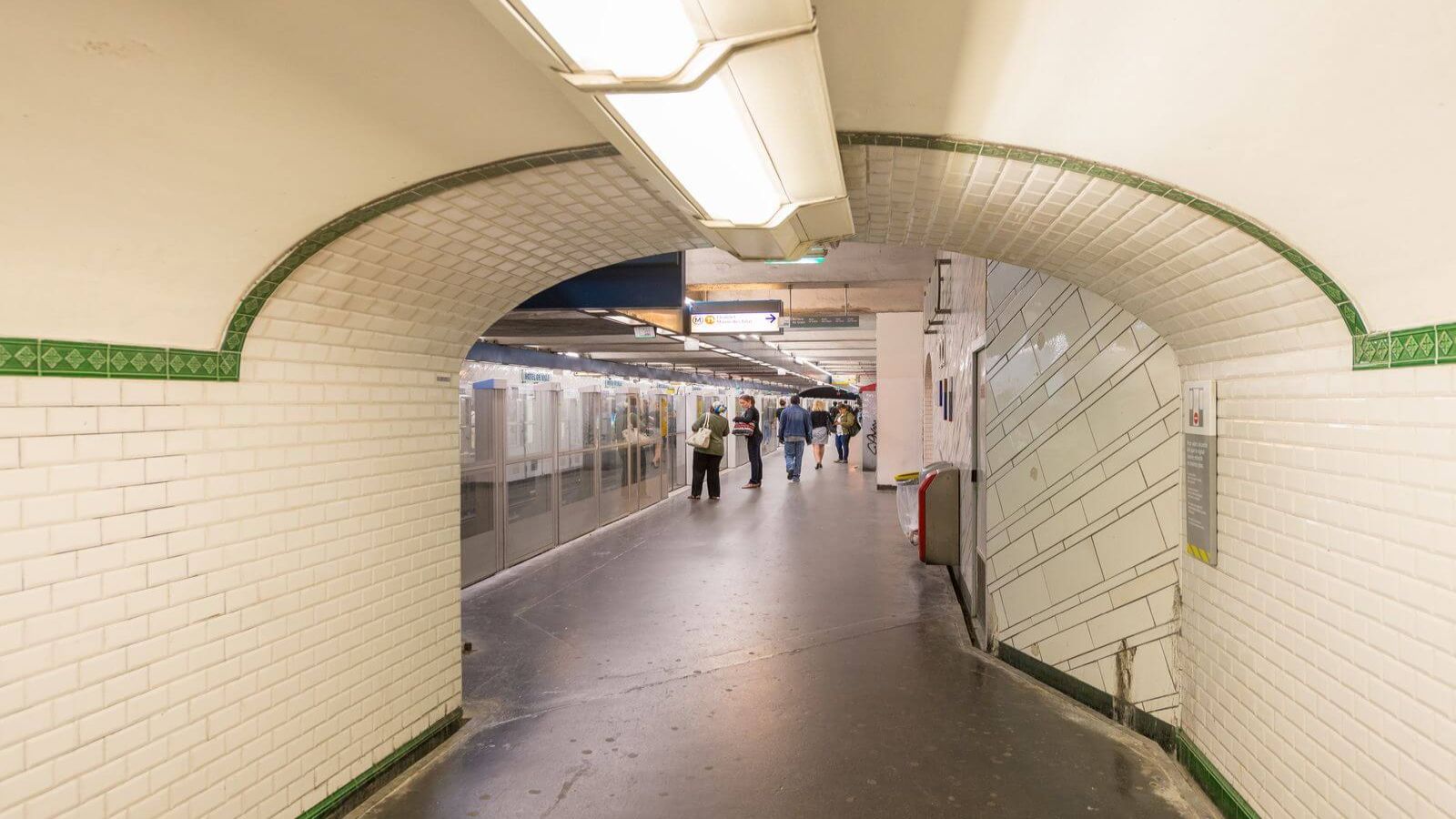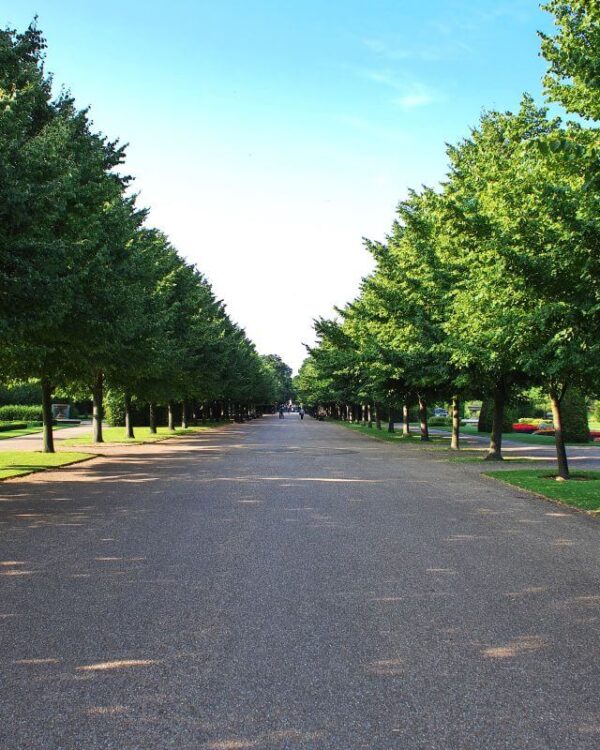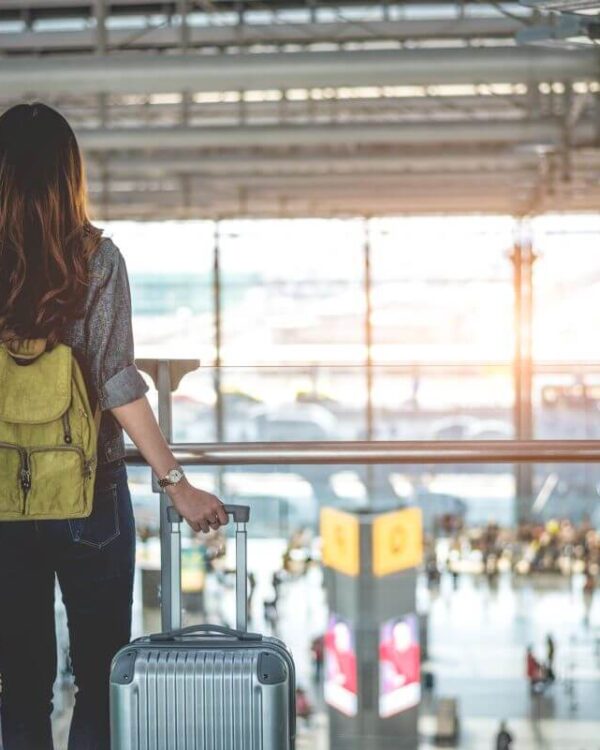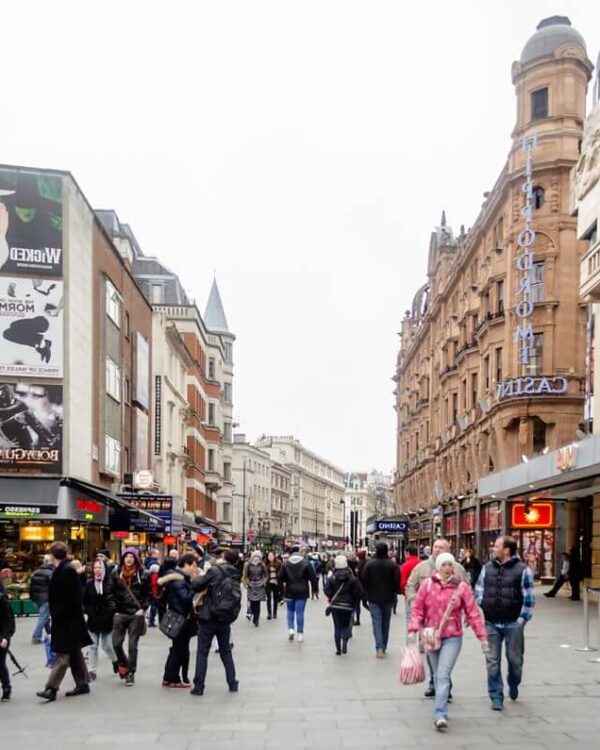Paris Metro Basic Information
The Métro de Paris, more commonly known as the Paris Metro, is a rapid transit system in the Paris metropolitan area. The network consists of 16 lines, serving 304 stations, and is currently operated by the Régie autonome des transports parisiens (RATP). Paris Metro is the second-largest metro in Europe (after Moscow metro) and the 10th busiest metro system in the world, with over 4.6 million passengers each day.
Paris Metro Lines
The Paris Metro network has 16 lines, all of which are identified by a number and name. The lines are mostly underground and cover approximately 224 kilometers of the city.
Line 1
The first line, Line 1, was opened in 1900, and today it runs from La Défense to Château de Vincennes in the southeast. It is one of the busiest metro lines in Paris, with an average of half a million riders each day.
Line 2
Line 2 runs from Porte Dauphine in the west to Nation in the east. It was the second line to open in Paris, in 1900. In 1903, an accident occurred (“Fire at Couronnes”) on the line which caused 84 deaths, making it the deadliest accident in Paris Metro history.
Line 3 and 3bis
The third line was opened in 1904 and runs from Pont de Levallois – Bécon in the northwest to Galliéni in the southeast. The line 3bis was opened in 1971, and it runs from Porte des Lilas to Gambetta. It has 4 stations and is the shortest line in the Paris Metro network.
Line 4
The fourth line opened in 1908 and runs from Porte de Clignancourt to Bagneux-Lucie Aubrac via Montrouge. It is one of the most popular lines with tourists, as it stops at some of Paris’ most famous attractions, such as Sainte Chapelle and Notre Dame Cathedral.
Line 5
Line 5 was opened in 1906 and links Bobigny – Pablo Picasso in the northeast to Place d’Italie in the southeast. It has 22 stations, and it’s the eight-busiest line in the Paris Metro network.
Line 6
Line 6 opened in 1923 and runs from Charles de Gaulle – Étoile to Nation. It has 28 stations, and it’s one of the most popular lines with commuters as it goes through some of Paris’ most central arrondissements.
Line 7, 7bis
Line 7 was opened in 1913 and links La Courneuve – 8 Mai 1945 to Mairie d’Issy. The line 7bis was added in 1967 and was an extension of the original line 7. The two lines run parallel to each other for most of their route.
Line 8
Line 8 was opened in 1924 and links Balard to Pointe du Lac. It has 38 stations and was opened in 1913. This line goes through several of Paris’ most important attractions such as Place de la Concorde, the Bastille or the Opera Garnier.
Line 9
Line 9 was opened in 1922 and links Pont de Sèvres to Mairie de Montreuil. It has 37 stations and runs through some of Paris’ points of attractions. It offers a view of the Eiffel Tower on the route to place du Trocadéro. It also goes through the avenue of Champs-Élysées.
Line 10
Line 10 was opened in 1930 and links Boulogne – Pont de Saint-Cloud to Gare d’Austerlitz. It has 23 stations and is entirely underground. It has the least traffic, excluding 7bis and 3bis lines.
Line 11
Line 11 was opened in 1935, and it links Châtelet to Mairie des Lilas. It has 13 stations and is one of the shortest lines in the Paris Metro network.
Line 12
Line 12 was opened in 1910 and has 29 stations. It links Issy-les-Moulineaux and Front Populaire. One of the most important stations on line 12 is Porte de Versailles and Madeleine.
Line 13
Line 13 was opened in 1976 and links Asnières-Gennevilliers – Les Courtilles to Montrouge. It has 32 stations and has been open since 1911. One of its stops is in Champs-Elysees, near the Grand Palais and Petit Palais.
Line 14
Line 14 was opened in 1998, and it links Olympiades to Saint-Lazare. It is the newest line, having opened in 1998. It has 13 stations and is entirely automated, which means that there are no drivers and the comfort is improved.
RER Lines
The RER is a suburban express train network that supplements the Métro within Paris and the immediate suburbs. The RER consists of five lines: A, B, C, D and E. It is mostly used by commuters who live outside of Paris but need to come into the city for work.
Ticket Price
The ticket price for a single ride on the Paris Metro is €1.90. A weekly ticket costs €16.60, while a monthly ticket is €62.00. Tickets can be purchased at any Metro station from the ticket machines or from the ticket office.
Paris Visite Card
You can also purchase a Paris Visite card, which allows you unlimited travel on the Metro, RER, Bus, and Tramway within Paris for 2, 3, 4 or 5 consecutive days, in zones 1 to 3 or in Île-de-France region. A single day ticket costs 12,00€ for an adult, while 5 consecutive days cost about 38,35€. This is a great option for tourists and visitors who plan on using public transportation often during their stay in Paris.
Paris Metro Safety
The Paris Métro is a great way to get around the city, and it’s usually safe, but there are a few things to watch out for. First, be aware of your surroundings and keep an eye on your belongings. Secondly, know which stations are busiest and avoid them during rush hour if you can. Finally, always buy a ticket before getting on the train and be sure to validate it at one of the machines.
Similar Posts:
- The Paris RER: The Regional Train Transport Network Around Paris
- London Underground: All You Should Know About London Transportation
- A Guide to Airports in Paris: Charles de Gaulle Airport (CDG), Orly and Other Paris Airports You Can Fly To
- The Musée Rodin, Paris: Discover the Works of Sculptor Auguste Rodin and More at the Rodin Museum (Hôtel Biron)
- A Simple & Friendly Guide to London Overground Station
- Things to Do at Waterloo Station (London Waterloo)
- Île Saint-Louis in Paris. A Charming Island in the Middle of the City. Top Tourist Attractions on Ile Saint-Louis
- The Petit Palais: Exploring the City of Paris’ Museum of Fine Arts (Musée des Beaux-Arts de la Ville de Paris)



